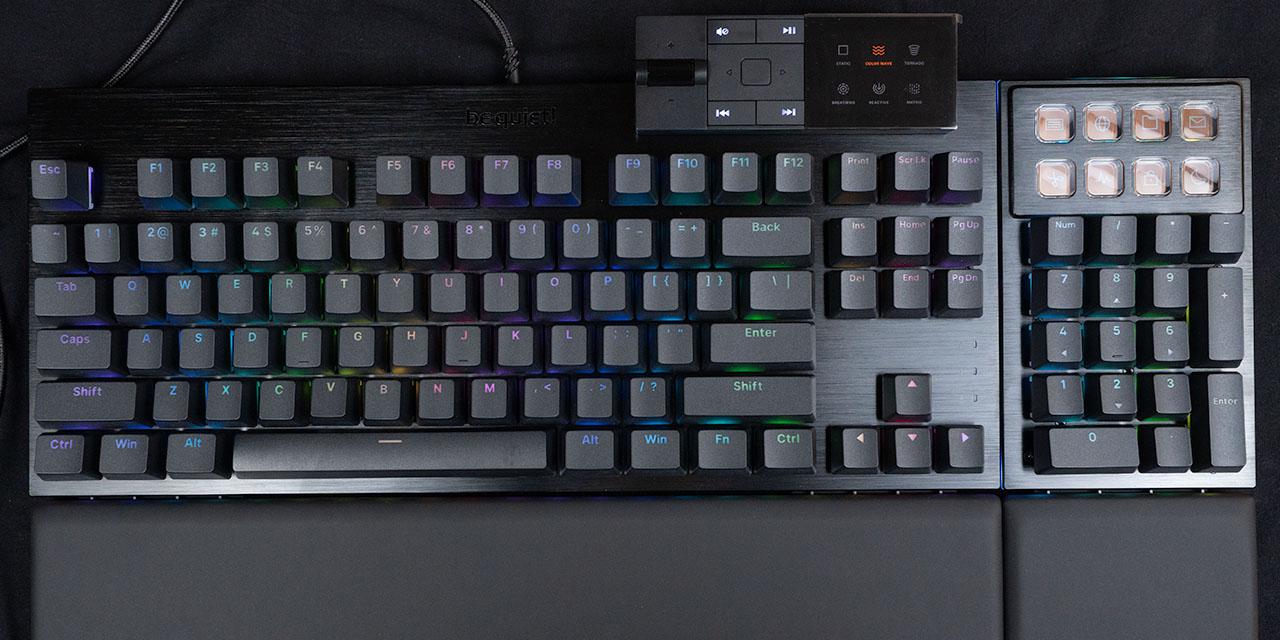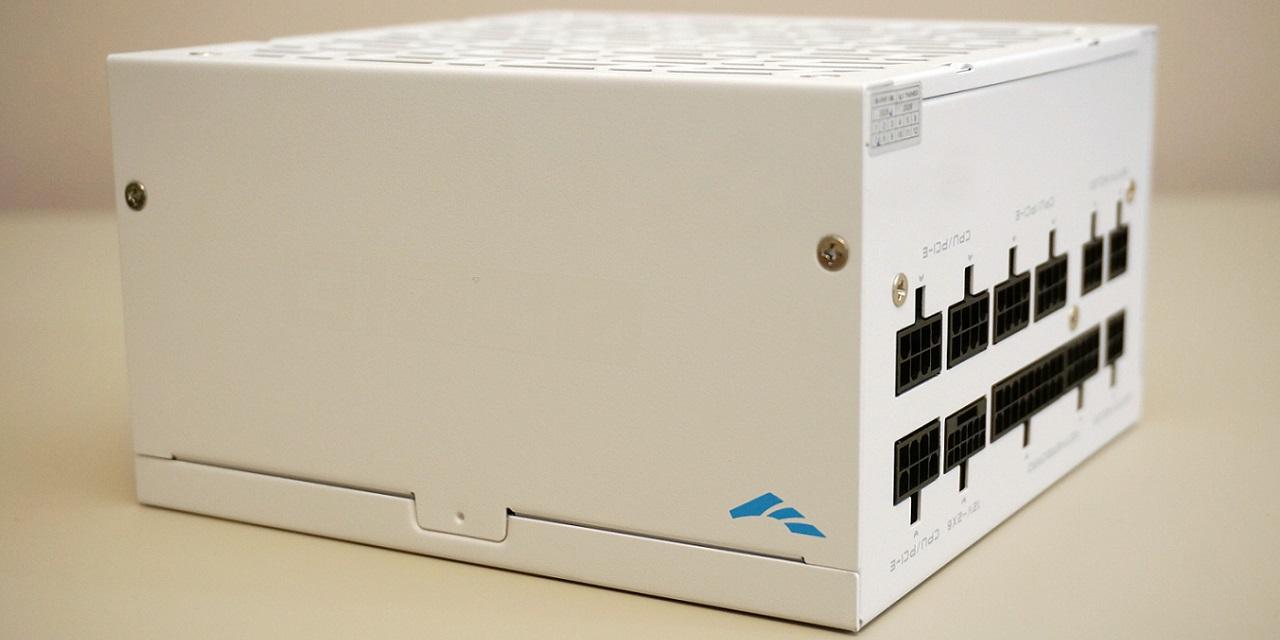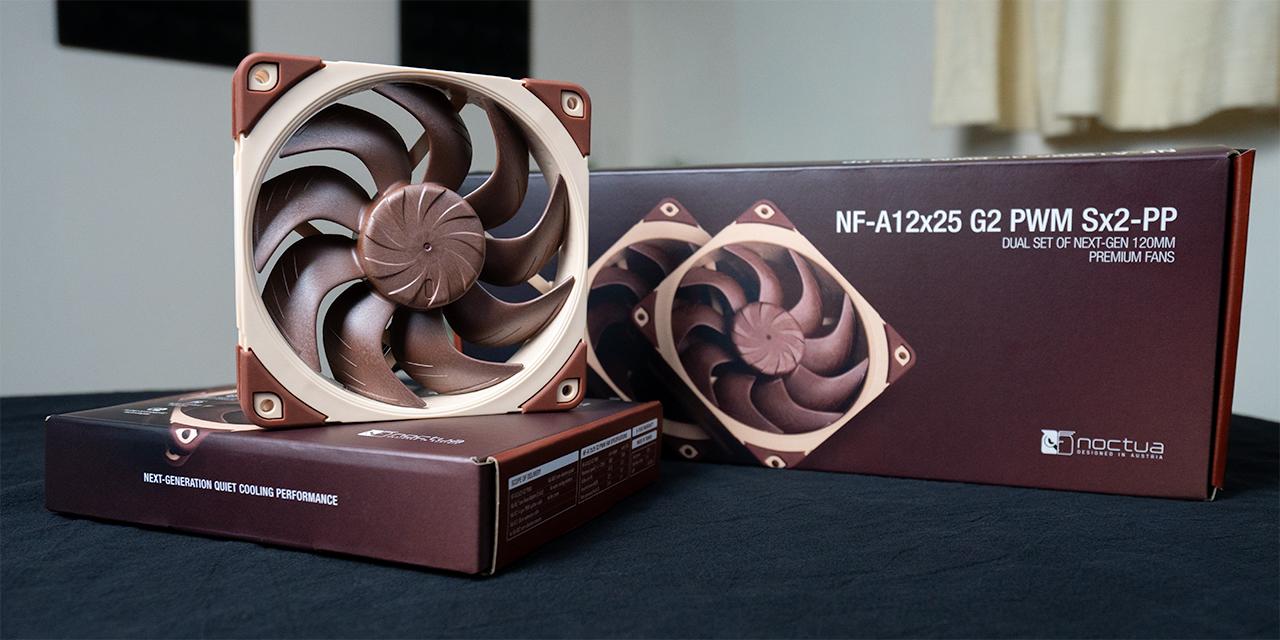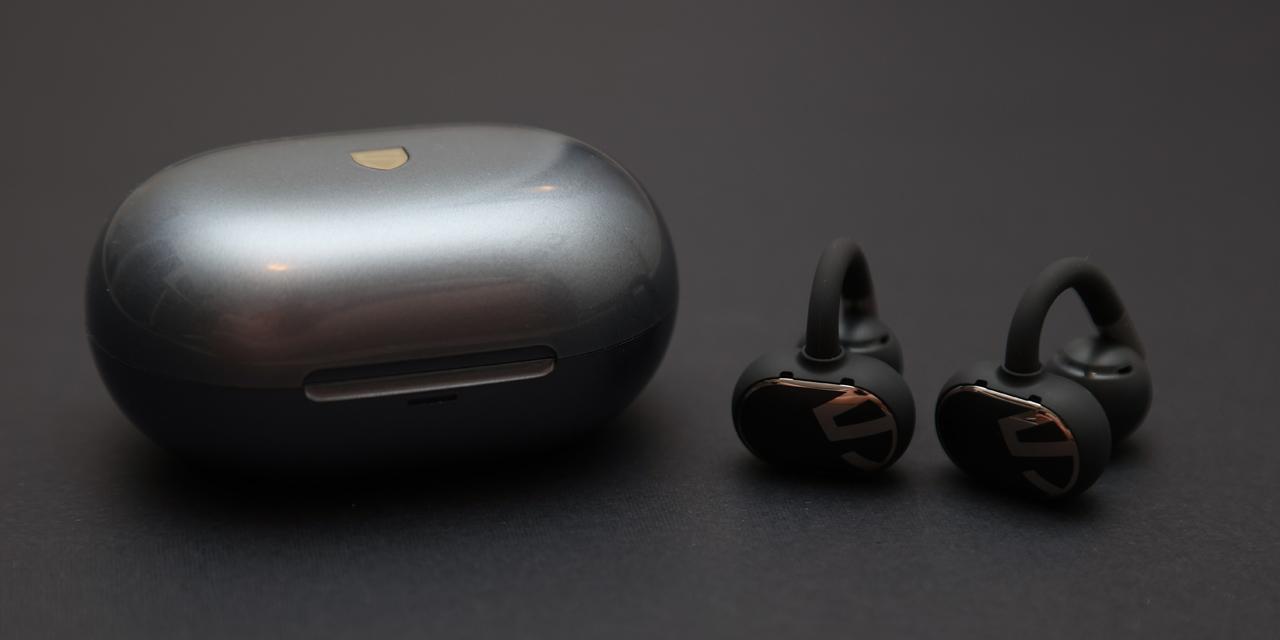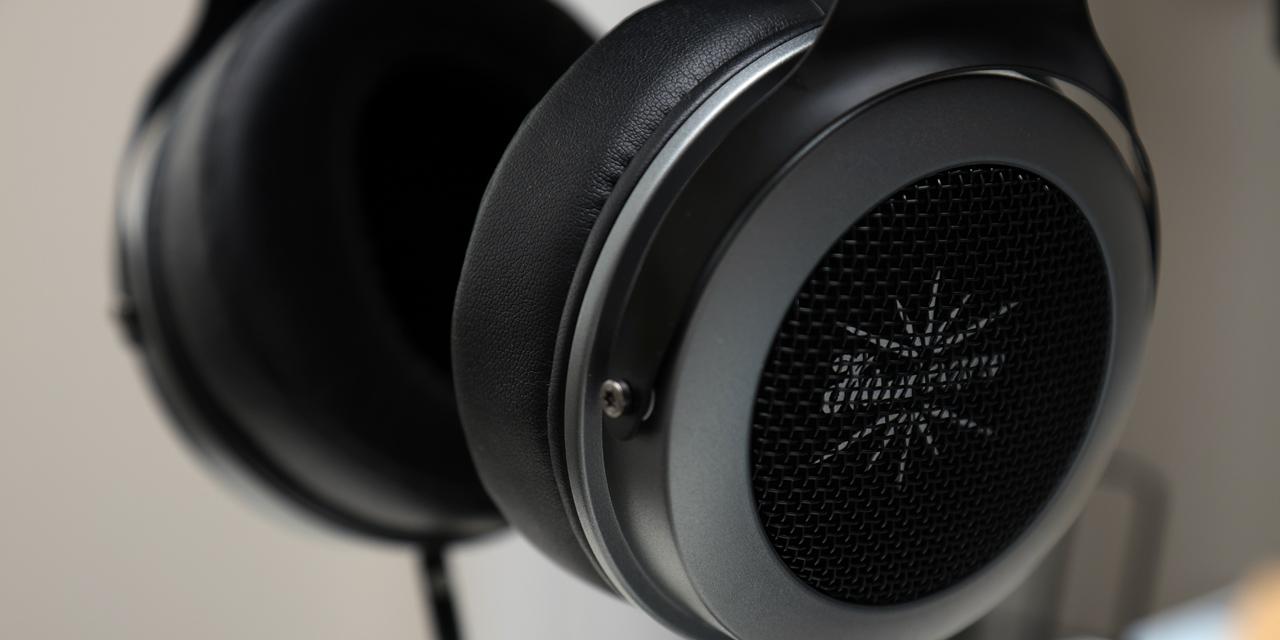|
From X-bit Labs: Nvidia Corp. expects a revolution to happen on the market of mobile devices once it launches its application processors with Kepler and Maxwell graphics cores. The latter are designed both for graphics processing and computing in general. Nvidia believes that GPGPU capabilities will help its Tegra series of chips to change the game on the mobile market. “Not only then will you see this first Logan being the first case of an integrated Kepler in a mobile device, allowing you to do what you saw on the Kayla system earlier, […] but you will see a whole family of products over time. This will allow us to take our advantage of GPUs across the entire spectrum. […] Being able to take that [GPGPU] competitiveness and have this weapon of the visual computing that comes from our GeForce, Kepler GPU and just follow on Maxwell is key to our ability to really change the game for people,” said Philip J. Carmack, senior vice president of mobile business unit at Nvidia, at Nvidia’s annual investor day conference, reports Seeking Alpha web-site. Nvidia’s next-gen Tegra 5, code-named Logan and due in 2014, will feature ARM Cortex general-purpose processing units as well as Kepler graphics processing unit with support for GPU computing, Direct3D, OpenGL 4.3 and so on. With a graphics processor capable of general-purpose processing on GPU, Nvidia will offer a breakthrough in performance and capabilities. However, at present the majority of mobile applications do not take advantage GPU compute technologies. Software developers need to learn develop new programs that utilize extensive graphics features of Kepler as well as can use its compute capabilities, or just port existing GPU-accelerated x86 apps to ARM-based platforms. According to Nvidia, porting GPGPU-accelerated programs to a new microprocessor architecture is relatively easy. NAMD, a widely-used molecular dynamics simulation package, took two days to move to GPGPU-based Kayla platform, whereas Nvidia’s Optix GPU ray-tracer took only one day. ARM also believes that GPGPU will improve the quality of mobile applications thanks to booster procession power. View: Article @ Source Site |
 |
Nvidia: Kepler and Maxwell Will Change the Game on the Mobile Market
© Since 2005 APH Networks Inc. All trademarks mentioned are the property of their respective owners.
